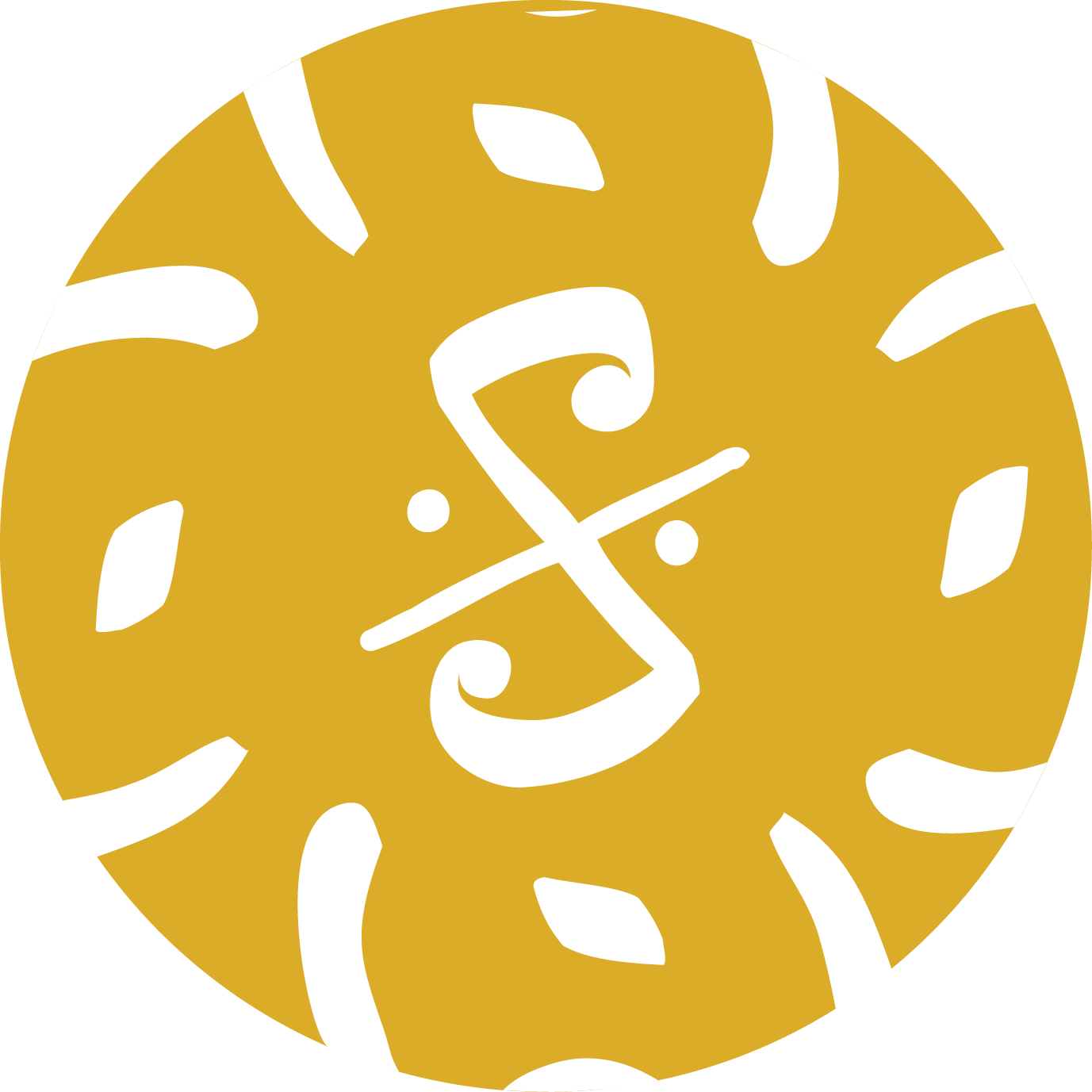Panel: Body, Science, Image
Thursday, May 16, 2019, 10:00 AM – 12:00 PM
University of Oregon, Collier House
All Musicking events are free and open to the public. All events are subject to change
“Playfulness at the Keyboard: Domenico Scarlatti’s Sonata in A Major, K. 113 with an Application of Somaesthetic Theory”
Emily Wallace, University of Oregon
Domenico Scarlatti’s keyboard sonatas make use of distinctive compositional features that impose an immediately visceral experience onto the performer. Scholars including Ralph Kirkpatrick, Joel Sheveloff, and Dean Sutcliffe note that these features, including relentless speed, surface virtuosity, obsession with hand-crossing, and abundant repetition, confound stylistic expectations of the period. While Scarlatti scholars frequently invoke the physical experience of these sonatas, what somaesthetics can add to the scholarship has not been systematically explored. The nascent fields of somaesthetics and embodiment theory (pioneered by scholars like Robert Shusterman, Carolyn Abbate, and Elisabeth Le Guin) have established new approaches, which are relevant to understanding the role of the body in keyboard works by Scarlatti.
In this paper, I will analyze Domenico Scarlatti’s Sonata in A Major, K. 113/L. 345 with a combination of an applied embodiment method (influenced by Elisabeth Le Guin’s “carnal musicology”), and a close reading of the manuscript sources. My analysis will suggest a relationship between the experience of playing a passage as it is positioned on the keyboard and structural aspects of the composition, revealing a connection between the kinetic and theoretical. An important discrepancy between two manuscript sources of K. 113 exemplifies how differing versions disrupt or encourage a narrative of body choreography. I will argue that Scarlatti prioritizes the physical experience of playing a passage at the keyboard above other standard compositional norms. Thus, these distinctive compositional features encapsulate the sheer joy of the performer’s body in the act of playful musicking.
Emily Wallace is a Master’s student in musicology at the University of Oregon. She holds a Bachelor’s degree in piano performance. Her current research interests include performance practice in early eighteenth-century keyboard music, works of Domenico Scarlatti, embodiment and somaesthetic theory, ecomusicology, and phenomenology in music. Emily enjoys teaching piano to children and leading the UO Motet Club.
“The Science of Luting”
Alvin Snider, University of Iowa
This talk on “The Science of Luting” considers 16th- and early 17th-century lutes as material objects and parallels their development to the production of scientific instrumentation. In recent years musicologists have conceptualized the playing of musical instruments as achieving an integration of objects and performers into complex systems that bridge the gap between body and machine. The Renaissance lute and its repertoire exemplify this process whenever lutenists strive to mimic vocal music, as they often do–for example, with intabulations of madrigals and motets. In this sense, the lute serves as an extension of human vocal cords and the human body in general. Viewed from a slightly different angle, we might also regard the lute as a type of prothesis that extends bodily capacities, much like a microscope or telescope. Musical conceptions get embodied in the process of their the audible realization, in the same way that an intensively theoretical natural philosophy drives the manufacture of instrumentation, which in turn ensures the construction of new theories. In this paper I adopt Bettina Varwig’s program for treating “acts of musicking” as a means for coming to terms with the history of the human body (“Heartfelt Musicking: The Physiology of a Bach Cantata”), and approach the problem of musical embodiment using tools furnished by musicology and recent work in the new materialism. The early modern texts I discuss are instruction books for members of the lute family, and I also draw on the iconography and use of scientific instrumentation. The presentation thus makes use of both visual images and sound recordings, joined to a spoken text.
Alvin Snider is an associate professor of English at the University of Iowa, and author of a book titled Origin and Authority in 17th-Century England, and of another forthcoming. Alvin has published articles on seventeenth-century English literature and science, and is an amateur lutenist.
Lindsey Rodgers, Respondent
Lindsey Henricksen Rodgers received a Ph.D. in Musicology from the University of Oregon in June 2013. Her dissertation, entitled “The North German Chorale Fantasia: A Sermon Without Words,” explores the legacy of Jan Pieterszoon Sweelinck’s style in the works of Jacob Praetorius, Heinrich Scheidemann, and Johann Adam Reincken.
* The Musicking conference is free and open to the public. Click HERE to donate to the conference and keep Musicking free for our community.

